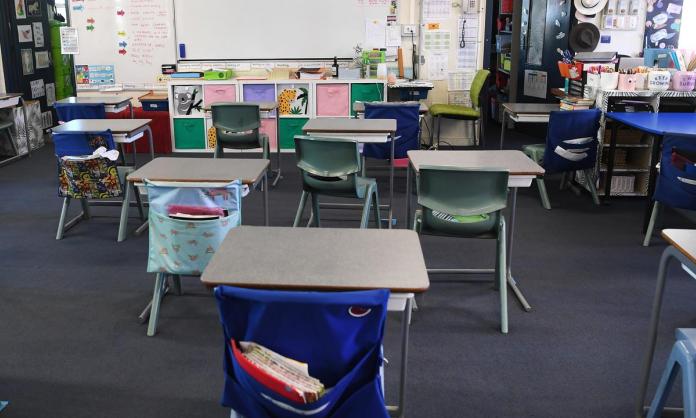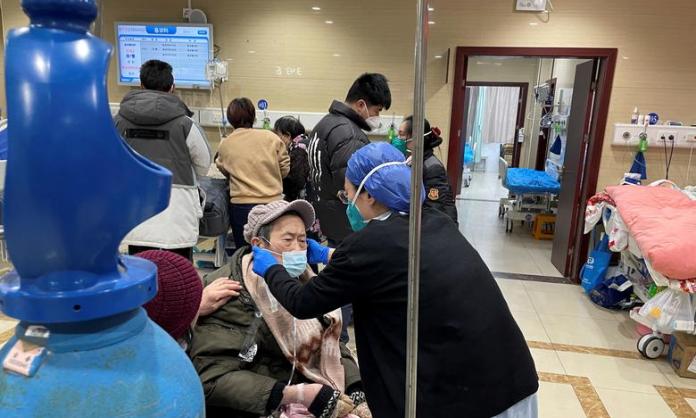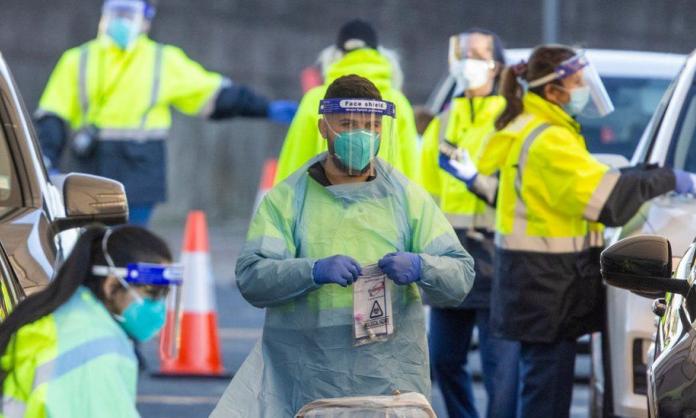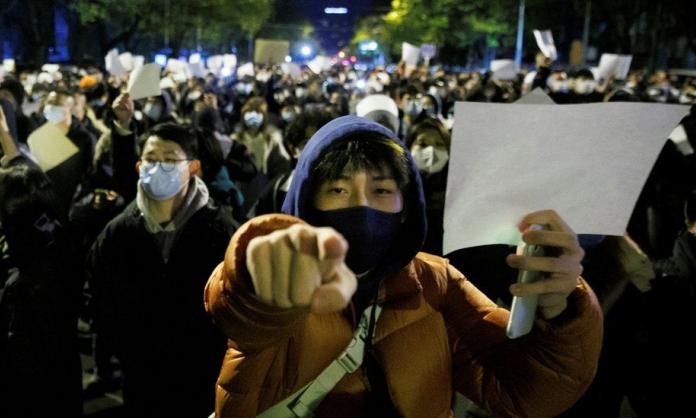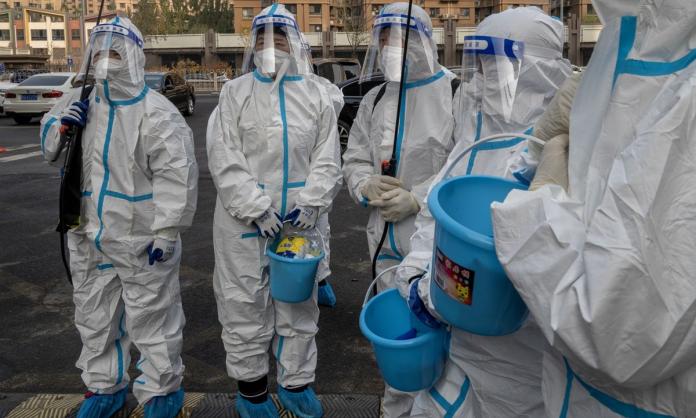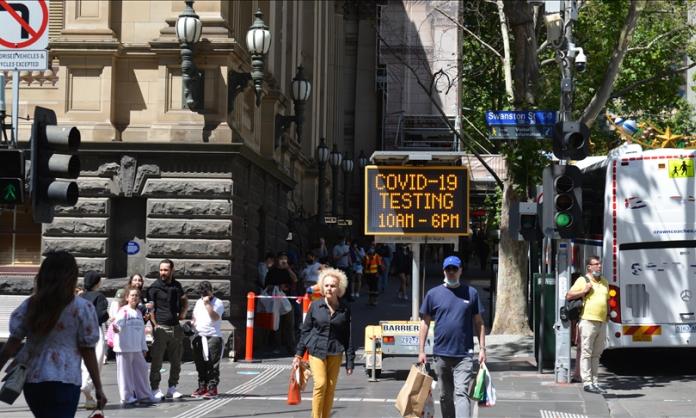In what seemed to be a welcome response to the surging COVID cases in Queensland, Premier Annastacia Palaszczuk recently announced a two-week delay to the start of the school year to avoid schools reopening during what is expected to be a peak in infections. However, the devil is in the detail: the delay is far from adequate and risks the health of teachers and students from 24 January.
For starters, schools will be open during the first two weeks to any student of an essential worker, the list of which now extends to those providing “office supplies”, “conducting online auctions” or performing clearly indispensable “ancillary support services”, whatever these may be.
There is no blanket ban on in-person meetings for the preceding week of student-free days. This means it’s up to principals to decide, based on what they find convenient. Teachers are spending the last week of holidays in suspense as information slowly trickles through as to what’s expected of us.
Worse yet is the reality of in-person teaching with no measures or even assurances from the government about proper ventilation, provision of adequate personal protective equipment or extended leave requirements.
At the end of 2021, Education Minister Grace Grace said that she didn’t believe there was a ventilation problem in schools. The government is yet to carry out a single ventilation audit. There will be no possibility of social distancing. With the height of the Omicron surge coinciding with return to school on these terms, this policy is not incompetence, but a strategy for mass infections in Queensland schools, which will all but guarantee that teachers get sick.
When we do get sick, the supports are totally inadequate. As it stands, Queensland teachers are eligible for only twenty days of pandemic leave, to be accessed only once we have used our meagre sick leave allocation of one day a month. What about the ramifications for those of us who contract long COVID?
The re-categorisation of “close contact” and isolation requirements to suit the bosses is a cause of major anxiety. After years of overwork and low pay, there is already a teacher shortage. Adding us to the list of people who can return to work while potentially infectious will mean there will be huge pressure to force teachers out of isolation.
To add insult to injury, the government plans to extend the school year by a week in term four, further increasing an already stretched workload for teachers.
A safe return to schools at a minimum would mean providing all students and staff with properly fitted N95 or P2 masks, thorough audits of all school spaces for proper ventilation, providing schools with CO2 monitors and portable air purifiers, and reducing interactions between different classes and year levels. Teachers’ sick leave must be immediately increased to allow us not just to stay home if we fall ill, but if young or elderly family members do as well.
The Queensland Teachers’ Union has done the barest minimum by opposing the extension of the school year. But in other respects, it has been in lock step with the government. It’s been up to rank-and-file teachers to petition the state government to ensure adequate safety in schools.
Teachers and students should take inspiration from students in New York, Oakland and other US cities, who have been walking out of their classrooms demanding better safety, masks and school shutdowns. And from the French teachers who’ve shut down the majority of schools through strike action, demanding better protection for school staff and students. Actions like these demonstrate our power as workers.
In the end, it’s clear that if we don’t fight for our health and that of our students, no-one else will.




